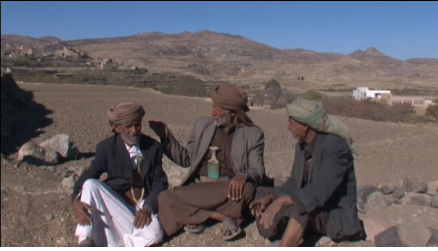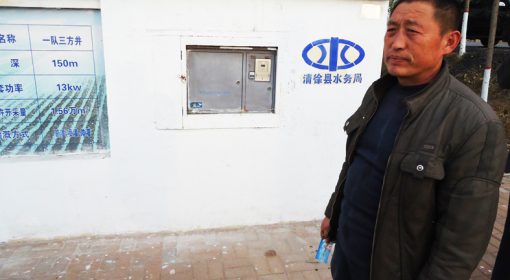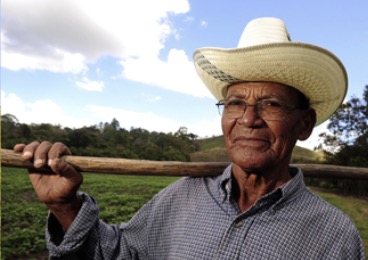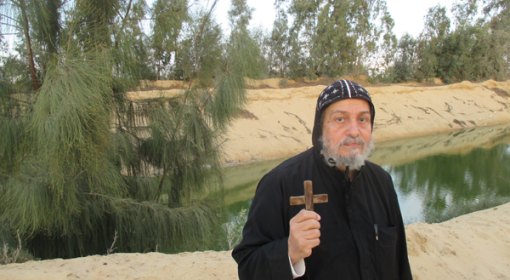By Qiulan Zhang, Jingli Shao, Xiaowei Wang and Frank van Steenbergen
Located at the heart of Hengshui Prefecture of Hebei Province, Taocheng or Peach City District is part of the North China grain basket. 2206 wells power agriculture. However, farming comes with a huge mismatch – as in other parts of the North China Plains. Whereas annual water resources available at Taocheng are estimated at 600 million cubic meters per year, twice as much water is used (1400 million cubic meters). Dipping deep into groundwater reserves, built up over centuries, has been making up the difference. Yet this stop-gap solution may not work much longer. Groundwater levels in Taocheng in the last decades declined at a rate of 2m/year and a huge, 98-metre cone of depression has been formed. Additionally, land subsidence and the intrusion of saltwater from adjacent areas are big issues.
Being such an obvious hotspot, Taocheng was singled out for special attention. In 2004 it was selected for a ‘water-saving society’ pilot within Hebei province, and was later promoted to being a national showcase. This meant a series of initiatives was put in place to rebalance the groundwater situation, from using treated wastewater to investing heavily in loss-proof irrigation methods.
Above all else, an ingenious system of economic engineering has been applied in Taocheng that is as simple as it is effective. The so-called IPS (Increase the Price and Subsidy) system redistributes money from water guzzlers to water savers. The system was tried first in two villages but has now been expanded to 42.
The IPS system consists of two steps. The first step is to increase the price of groundwater by adding a markup on the price of consumption. The second step is to redistribute this markup on the basis of land ownership. The system creates a powerful incentive to save water by reducing one’s water bill, whereas at the same time the money does not leave the community but is distributed among all landowners.
Two IPS models are in place in Taocheng District. The first model adds the markup to the electricity bill. It was introduced for instance in Guojiazhuang village. Here the price of electricity for irrigation wells was increased from 0.7yuan/kWh to 1.0yuan/kWh. The money generated from the 0.3yuan/kWh markup was then redistributed to all landowners on the basis of their holding size. To make the system even more attractive, the local government added another 0.1yuan/kWh subsidy to the 0.3yuan/kWh mark-up. Farmers who pump less and hence have a lower energy bill benefit from this transactional arrangement.
A variation is to add the mark-up to the water price. In Yandikou village of Heyan town, a water price was converted from the electricity price of 0.75yuan/kWh. Groundwater pumped from deep wells was priced at 0.4 yuan/m3 and from shallow wells at 0.3yuan/m3. With the implementation of IPS, prices of these two types of groundwater were jacked up to 0.55yuan/m3 and 0.35yuan/m3repectively. A subsidy of 0.05yuan/m3 was added to the deep groundwater mark-up. The redistribution of funds is done twice a year on the basis of the land area. The redistribution is taken care of by a three-member group nominated by the village committee and the farmer group.
The system is as simple as it is effective. It increases the stakes for bringing down water consumption. At the same time, the extra payments are redistributed transparently among all land owners. The system is light on transaction costs and does not require the calculation of water quota and entitlements. The modest government subsidy acts as an extra incentive.
Results from the IPS system are more than encouraging:
- Decreasing water consumption: Where IPS was implemented, water consumption was reduced by more than 25% over a period of four years. Irrigation turns were reduced and they lasted for shorter periods.
- Yields did not decrease, but rather the opposite happened because of more precise irrigation. The number of farmers applying better crop agronomy (land leveling, mulching) increased from 28% to 89%. Farmers using low pressure pipes and water saving lay flat hoses (see picture below) increased from 52% to 93%.
- In addition almost all farmers (95%) in the pilots increased their use of drought resistant crop varieties. Instead of wheat and maize, low water consumption crops, such as cotton, peanut and fruit trees gained considerable foothold.
Wherever a cost is charged for the use of groundwater, as in metered electricity systems, the IPS principles can be implemented. This can be done without investment and with very low organizational effort.

{jcomments on}




